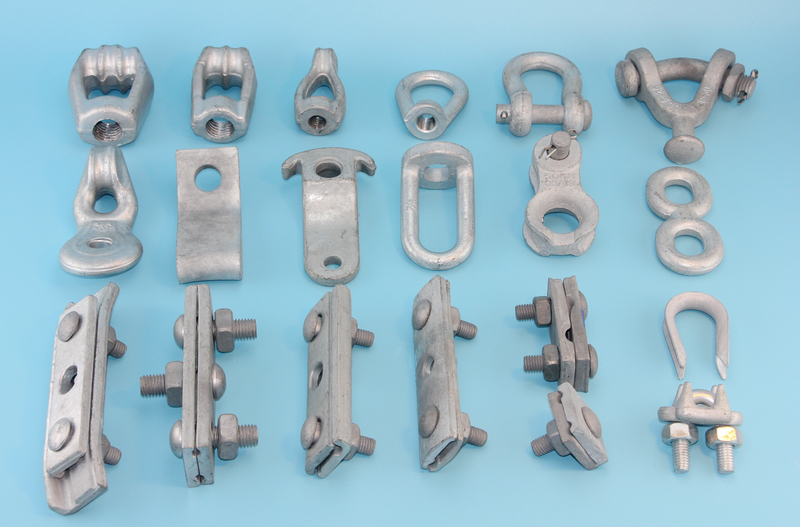
Huang Yanqiang, a researcher at the Dalian Institute of Chemical Physics, Chinese Academy of Sciences, and Zhang Tao, an academician of the Chinese Academy of Sciences, have received extensive attention from international counterparts in their work on the decomposition of hydrogen. They have recently been invited to present in the National Science Review entitled Design strategies. Of highly selective nickel catalysts for H2 production via hydrous hydrazine decomposition: a review article.
Niobium (N2H4) is an important liquid propellant that can be rapidly decomposed at room temperature under the action of a catalyst to generate high-temperature and high-pressure gas to realize the conversion of chemical energy to kinetic energy. The team has long been committed to the basic and applied research of decomposing reactions, and has developed a variety of antimony decomposition catalysts for various applications in the national economy. It has clear application value for the selective regulation of ruthenium decomposition (high selectivity for hydrogen and nitrogen generation), which is the focus of academic circles. Its core is to realize the ability to break the NN bond and NH bond by optimizing the design of the catalyst. And precise control of the order. This article focuses on the team's regulatory strategy for the decomposition of hydrogen production and selectivity on non-precious metal nickel-based catalysts: the use of alkaline builder effects (Angew. Chem. Int. Ed., AIChE J.), alloy effects ( Appl. Catal. B, J. Catal.) and metal-carrier strong interaction (ACS Catal.), the construction of different configurations of supported nickel-based catalyst system, the realization of high activity, high selectivity decomposition of hydrogen production. Related research work has further deepened the understanding of the mechanism of ruthenium decomposition reaction, and laid an important foundation for the application of ruthenium decomposition catalyst in key fields.
The above work was funded by the National Natural Science Foundation of China and related projects of the Chinese Academy of Sciences.
Deadend Hardware
Deadend hardware is a type of pole line hardware that is used to secure the end of a transmission or distribution line to a pole or tower. It is designed to withstand the tension and weight of the line and keep it securely in place.
Deadend hardware typically consists of a variety of components, including Oval Eye Nuts, Thimble Eyelets , Anchor Shackle, Guy clamps, bolts, nuts, washers, and insulators. These components work together to create a strong and durable connection between the line and the pole.
Yokelink supply a full line of deadend hardwares, , provide part number to get a quote on these products, leave your message, or send us an email to get answers for your questions or product you needed.

Oval, Thimble, Eyenut, Eyelet, Guy, eye nut, Preformed, Clamp, rope, clip, cable, fitting, hook, shackle, deadend
Ningbo Yokelink Machinery Co.,Limited , https://www.yokelink.com